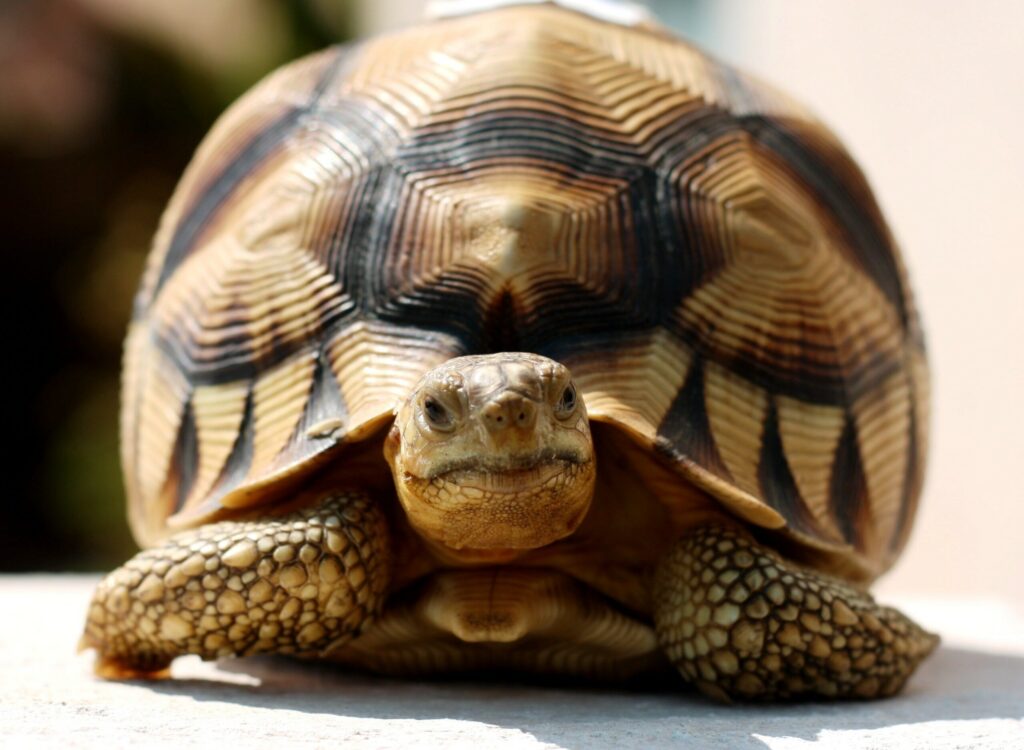
Here are the answers to those questions about the Ploughshare Tortoise (Astrochelys yniphora):
- What are the primary threats to the survival of the Ploughshare Tortoise in the wild?
The main threats include illegal poaching for the pet trade, habitat loss due to deforestation and human encroachment, and limited geographic range. Because they are highly prized as exotic pets, poachers capture them, causing rapid population declines. - How does the unique shape of the Ploughshare Tortoise’s shell help it in its natural habitat?
The Ploughshare Tortoise has a distinctive, high-domed shell with a sharp, plow-like front edge. This shape helps it navigate through dense vegetation and brush, allowing it to push aside plants and move efficiently in its dry forest habitat. - What conservation efforts are currently in place to protect the Ploughshare Tortoise from extinction?
Conservation efforts include captive breeding programs, habitat protection, anti-poaching patrols, and international laws banning the trade of this species. Organizations also work with local communities in Madagascar to raise awareness and promote sustainable coexistence.
The Ploughshare Tortoise (Astrochelys yniphora), also known as the Angonoka Tortoise, is one of the rarest and most endangered tortoise species in the world. Here’s a brief overview:
Description
- Appearance: The Ploughshare Tortoise is notable for its distinct plough-shaped scute (a raised, elongated scale) on the front edge of its carapace (shell), which looks like a blade or a wedge.
- Size: They typically grow to about 30–40 cm (12–16 inches) in length.
- Color: Their shell is generally yellowish with black markings.
Habitat
- Native exclusively to northwestern Madagascar, particularly in dry deciduous forests and thorn scrub habitats.
Conservation Status
- Critically Endangered (IUCN Red List).
- Fewer than a few hundred individuals are estimated to survive in the wild.
- Their survival is threatened primarily by habitat destruction and illegal collection for the pet trade.
Interesting Facts
- The plough-shaped scute on the front of their shell is thought to be a form of protection or camouflage.
- Conservation programs include captive breeding and reintroduction efforts.
- Strict protection in Madagascar and international cooperation are key to its survival.
Would you like information on its behavior, diet, or conservation efforts? Or something else?